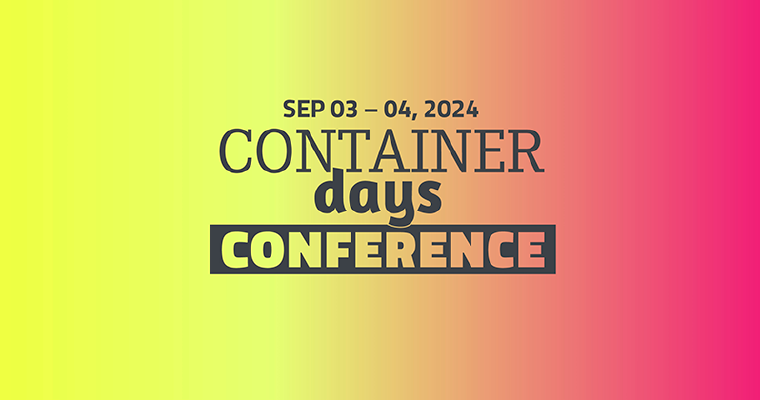The holy grail of IT operations is the single pane of glass that has an overview of and insight into the whole IT infrastructure. However, with each new generation of technology and the additional tooling they add to the stack, this nirvana always seems to be slipping further away rather than getting closer. As companies look to include edge computing into their technology landscape to offer new services to their customers, they must carefully consider how it will integrate into the existing infrastructure. With this move out of traditional data centers and even cloud computing, edge computing presents a massive operational challenge with the need to effectively manage a multitude of infrastructures across a disparate set of locations. In addition, with the necessity to run both containers and virtual machines on the edge, it begs the questions of how to seamlessly integrate all of this management together.
The Path to Edge Computing Nirvana
In working with the most successful enterprises in the world, they tell us the three main challenges they face when considering edge computing are:
- Consistent infrastructure to reduce snowflake servers and deployments
- Automation and self healing capabilities to reduce operational costs
- Running both legacy and greenfield applications together
These IT leaders know that automation and standardization in the deployment and management of applications greatly improves their talent pool and innovation rate while reducing costs. They recognize that in order to achieve their edge computing goals they need to tackle these challenges head on. However, one consistent theme is that while they all have ambitious edge computing goals, most are stuck in the proof of concept stage or have only implemented a handful of applications.
How Can We Make Edge Computing Operationally Feasible?
In my previous article, Edge Computing Requires Cloud Native Thinking, I discussed that the standardization and automation of cloud native technologies, like Kubernetes, will enable the edge. However, this still begs the question of how to manage both containers and virtual machines in one stack. This hurdle can once again be answered by cloud native ideas, all that is needed is a consistent way to manage both containers and virtual machines.
How Can We Run Virtual Machines and Containers Side by Side on the Edge?
KubeVirt allows virtual machines to run as pods inside Kubernetes allowing containers and virtual machines to be run side by side with one infrastructure stack. This has multiple benefits for developers, operators, and companies even when just talking about the cloud. When this is stretched out to the edge, the benefits are even larger. When leveraging Kubernetes and KubeVirt on the edge, you finally gain the ability to run one stack whatever the workload may be using just one set of tools.
Crossing the Chasm to Edge Computing
As demonstrated above Kubernetes offers many capabilities to handle the scale and distribution of edge computing including the ability to run containers and virtual machines side by side. However, edge computing requires many clusters, even multiple at each location, to deal with latency and other technical requirements. Thus to achieve the single pane of glass nirvana, a multi-cluster management solution is crucial.
We built the Kubermatic Kubernetes Platform to solve exactly this challenge. It provides automated multi-cluster management across any infrastructure providing enterprises a single pane of glass to deploy, control, and operate their edge computing environments. It also seamlessly integrates KubeVirt allowing companies to finally achieve edge computing nirvana. In addition, to help our customers cross the chasm to edge computing, we provide training and consulting in the three critical areas:
- Designing an edge computing strategy and architecture
- Mastering cloud native tooling, including Kubernetes and KubeVirt
- Leveling up the team culture and thinking towards automated operations
To accelerate the edge computing automation journey, we offer consulting accelerator and training accelerator packages. These engagements last from 11.5 to 20.5 days and our enterprise customers have shared it has shaved off on average 4-6 months of their learning curve.
An example of Kubermatic’s accelerator packages are:
- Kubermatic Edge Computing Accelerator
- Kubermatic Virtualization Accelerator Powered by KubeVirt
- Kubernetes Operator Engineering Accelerator
When tapping Kubermatic in their edge computing journey, enterprises are working with one of the top cloud native automation companies in Europe and a lead contributor to the Kubernetes project in the Cloud Native Computing Foundation. Moreover, we were recently highlighted for Kubermatic Kubernetes Platforms’s role in delivering 5G edge computing capability in the KubeCon North America Keynote.
Learn more about Kubermatic Kubernetes Platform and request a Demo




